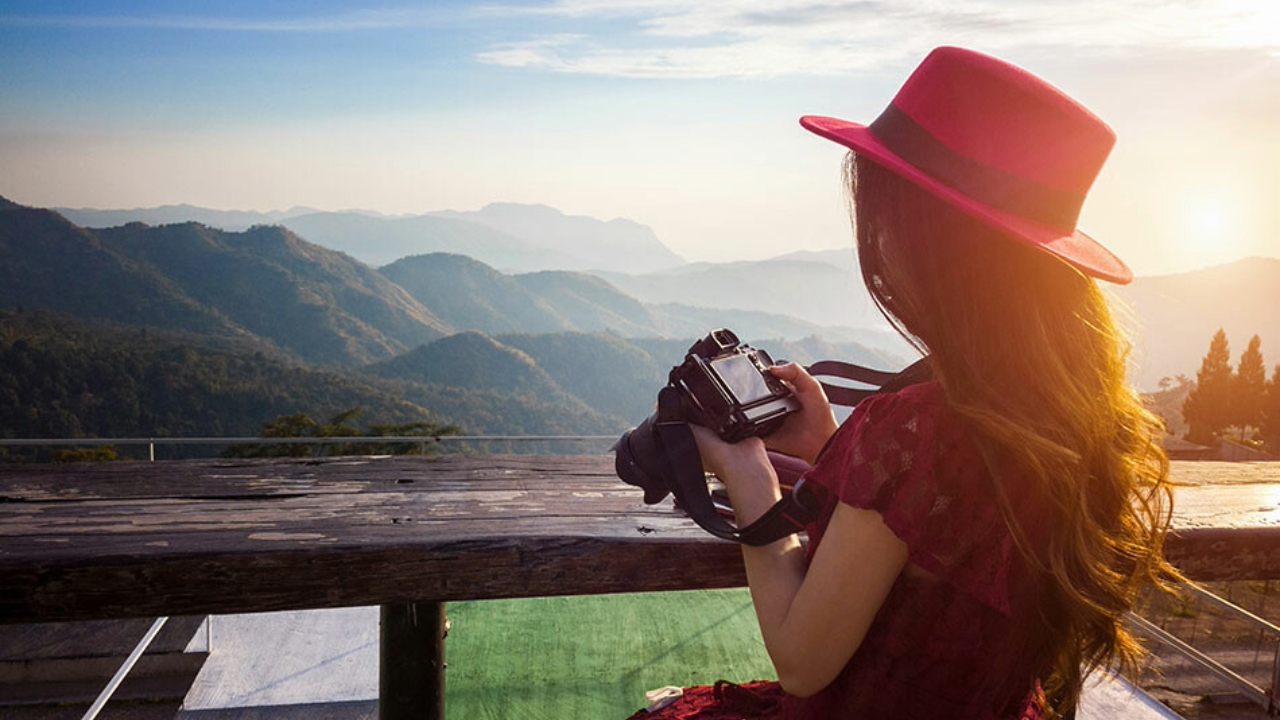A iluminação é um dos elementos mais importantes na fotografia. Uma boa iluminação pode transformar uma foto comum em uma imagem impressionante, enquanto uma iluminação inadequada pode arruinar até mesmo a melhor composição. Aprender a controlar e utilizar a luz de maneira eficaz é essencial para qualquer fotógrafo, seja ele amador ou profissional. Neste artigo, exploraremos truques e técnicas para obter a iluminação perfeita em diferentes ambientes, tanto internos quanto externos.
A Importância da Luz na Fotografia
A palavra fotografia vem do grego e significa “desenhar com luz”. Isso destaca a importância da luz na criação de imagens. A luz pode criar humor, adicionar profundidade e destacar detalhes que de outra forma passariam despercebidos. Compreender como a luz funciona e como ela interage com o sujeito e o ambiente é fundamental para capturar fotos impressionantes.
Iluminação em Ambientes Internos
Luz Natural
A luz natural é uma das melhores fontes de iluminação para fotografias internas. Use janelas e portas para deixar a luz natural entrar. Posicione o sujeito próximo a uma janela para aproveitar a luz suave e difusa. Se a luz for muito forte, use cortinas ou persianas para suavizá-la. A luz natural pode criar sombras suaves e dar uma sensação de calor e naturalidade às suas fotos.
Luz Artificial
Quando a luz natural não está disponível, a luz artificial pode ser usada para iluminar o ambiente. Lâmpadas de LED, luzes contínuas e flashes são algumas das opções. Aqui estão algumas dicas para usar luz artificial de maneira eficaz:
- Luz de Três Pontos: Esta técnica envolve o uso de três fontes de luz: a luz principal, a luz de preenchimento e a luz de fundo. A luz principal ilumina o sujeito, a luz de preenchimento reduz as sombras criadas pela luz principal, e a luz de fundo separa o sujeito do fundo, adicionando profundidade.
- Difusores e Softboxes: Esses acessórios ajudam a suavizar a luz, reduzindo sombras duras e criando uma iluminação mais uniforme. Eles são especialmente úteis em retratos e fotos de produtos.
- Ajuste da Temperatura da Cor: A luz artificial pode ter diferentes temperaturas de cor, variando de quente (amarela) a fria (azul). Ajuste a temperatura da cor para criar o ambiente desejado e garantir que as cores na foto sejam precisas.
Brincando com Sombras
As sombras são uma parte importante da iluminação. Elas adicionam profundidade e dimensão à imagem. Experimente diferentes ângulos de iluminação para ver como as sombras afetam a composição. Use refletores para iluminar áreas sombreadas ou para criar efeitos dramáticos.
Iluminação em Ambientes Externos
Hora Dourada
A “hora dourada”, que ocorre durante a primeira hora após o nascer do sol e a última hora antes do pôr do sol, é considerada a melhor hora para fotografar ao ar livre. A luz é suave, quente e cria sombras longas que adicionam textura e profundidade às fotos. Aproveite essa luz natural para capturar paisagens, retratos e cenas urbanas.
Luz do Meio-Dia
Fotografar ao meio-dia pode ser desafiador devido à luz solar direta e dura, que cria sombras fortes e alto contraste. Para lidar com essas condições, procure sombras naturais, como árvores ou edifícios, para suavizar a luz. Outra opção é usar difusores portáteis para espalhar a luz e reduzir o contraste.
Uso de Refletores
Refletores são ferramentas simples, mas eficazes, para controlar a luz ao ar livre. Eles ajudam a refletir a luz para áreas sombreadas, preenchendo sombras e equilibrando a iluminação. Refletores prateados criam uma luz brilhante, enquanto refletores dourados adicionam um tom quente.
Flash de Preenchimento
O flash de preenchimento é uma técnica usada para iluminar áreas sombreadas em condições de luz forte. Usando um flash externo ou o flash embutido da câmera, você pode adicionar luz ao sujeito sem afetar a exposição geral da imagem. Isso é particularmente útil em retratos ao ar livre.
Dicas Avançadas de Iluminação
Fotografia de Longa Exposição
A longa exposição é uma técnica que envolve deixar o obturador da câmera aberto por um período prolongado para capturar mais luz. Isso é útil em condições de pouca luz, como fotografia noturna ou de paisagens. Use um tripé para evitar tremores e experimente diferentes tempos de exposição para obter o efeito desejado.
Iluminação Criativa
Experimente diferentes fontes de luz e acessórios para criar efeitos únicos. Use luzes coloridas, lanternas e até mesmo a tela do seu smartphone para adicionar cor e interesse às suas fotos. A iluminação criativa pode transformar uma cena comum em algo extraordinário.
Controle de Luz com Filtros
Filtros de lente podem ser usados para controlar a luz e adicionar efeitos especiais. Filtros polarizadores reduzem o brilho e melhoram o contraste, enquanto filtros ND (densidade neutra) permitem longas exposições em condições de luz forte. Experimente diferentes filtros para ver como eles podem melhorar suas fotos.
Conclusão
A iluminação é a alma da fotografia. Dominar a arte de manipular a luz pode transformar suas fotos de boas para extraordinárias. Seja em ambientes internos ou externos, a compreensão e o controle da iluminação são essenciais para capturar imagens impressionantes. Experimente diferentes técnicas, pratique regularmente e desenvolva seu próprio estilo de iluminação. Com essas dicas e truques, você estará no caminho certo para se tornar um mestre da fotografia.



